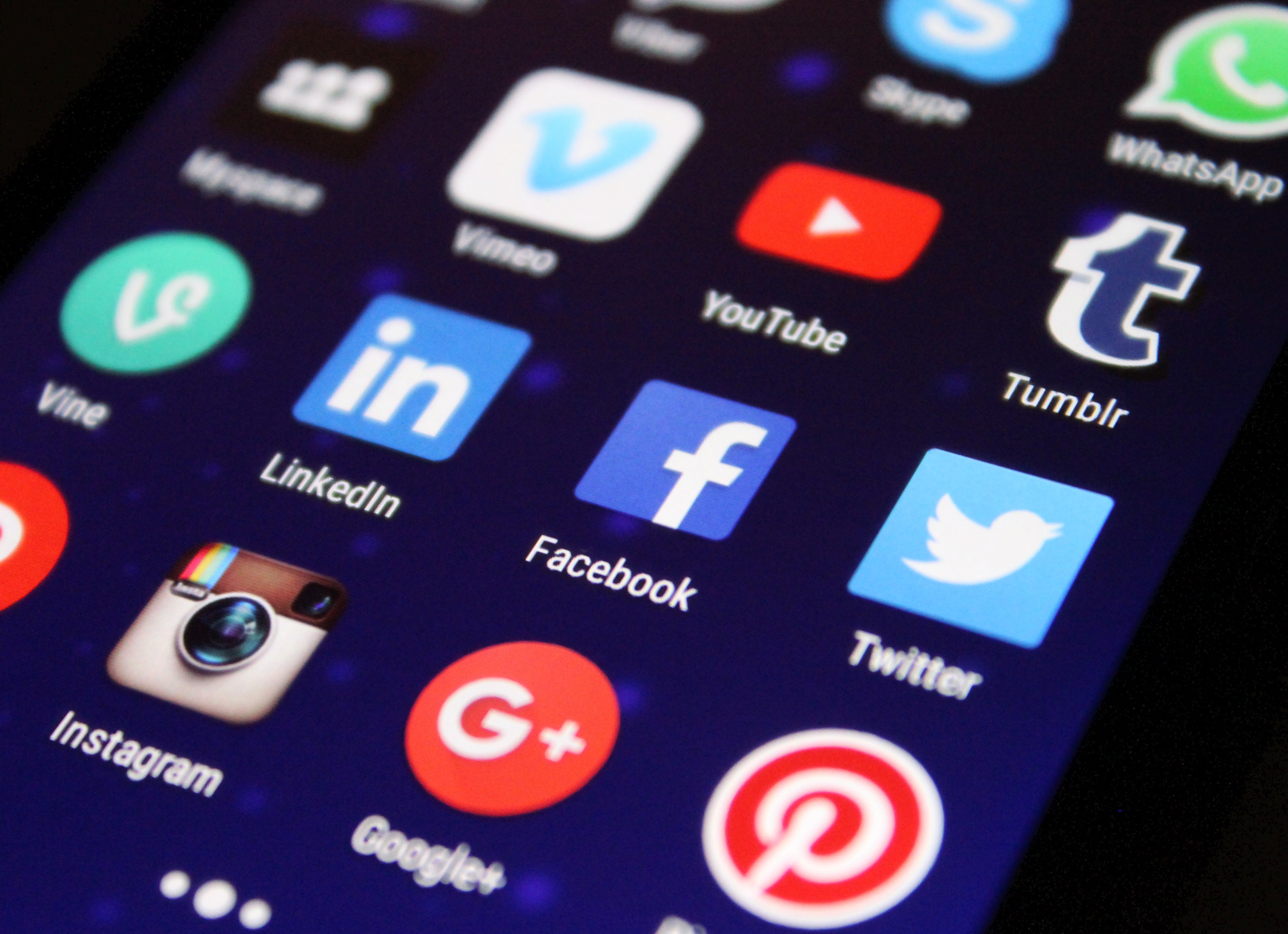Above photo courtesy of Pixabay
By Rachel Freeman
Zac Leyton Rivera-Reed wakes up in the morning and reaches for his cell phone. He opens Facebook and briefly skims his news feed.
He checks his messages and notifications; then he reads a news article before starting his day.
Nowadays, social media is a common way for students to learn about world happenings. Logging onto Facebook, Twitter, Snapchat, Reddit or Instagram can give you instant access to news from a variety of sources.
Reading the newspaper or turning on a news channel may soon be a thing of the past as traditional media practices are becoming outdated.
Rivera-Reed, a senior biology major, isn’t the only student who uses social platforms to learn about the news. According to a recent study by the Pew Research Center, at least two thirds of Americans get their news from social media. More people are getting their information from sources like Snapchat, YouTube and Twitter, the report said.
Overall, the Pew Research Center report found that Facebook is the most common social platform for users to access news. YouTube took second place nationally.
For students at USF St. Petersburg, using new-age information sources is commonplace. Out of 45 surveyed students, over 26 percent said they use Facebook as their primary news source.
Over 30 percent of surveyed students reported checking the news with news apps such as Flipboard. News apps pool different sources together and pick the most pressing stories, or select stories in specific categories that the user chooses.
This interesting mesh of traditional and nontraditional news is popular on campus, according to the poll.
Rivera-Reed doesn’t have a lot of time each day to check the news due to his full-time work and school schedule. This is a problem that many students face.
“I read the news as it comes up on my Facebook news feed while I’m on breaks, or while I’m walking from one place to another,” said Rivera-Reed. “Depending on the stories that I read, I fact check using Google to see what other sources are saying.”
News from Facebook can be a slippery slope for those who are unaware of false, uncredible or biased stories. Rivera-Reed takes a few factors into consideration when reading news from Facebook.
“I decide which news articles to read by looking at the title and who is posting it,” he said. “The source, whether it’s a friend, an organization or a celebrity, tells me about the content. I also look at the original source and the photos included.”
Rivera-Reed recognizes the importance of fact checking and analyzing the news information he reads on social media. He knows that not everything he reads online is true.
“I don’t think that everyone practices fact checking, especially not all the time,” he said. “I see people post things on Facebook that are easily proven false. I usually link my friends to more trustworthy sources.”
Rivera-Reed thinks that most students are well-informed when it comes to news on social media.
“Most of us are seeking an education to be more informed and responsible adults,” he said. “Sometimes it’s easy to fall into the trap of believing what you want or expect to be true, but most of us want to be informed by unbiased sources. I think we try to keep an open mind when we encounter something that may conflict with our own ideas or worldview.”
Some important factors of social media news are timing and perspective. Social platforms can add these helpful insights, which traditional news sources lack.
“I think the major differences between news from social media platforms is that it can be more immediate and unfiltered,” agreed Rivera-Reed. “For instance, when Hurricane Irma was going on, I was able to watch Snapchat footage from the Caribbean Islands before the storm ever made landfall in Florida. I got to see some insider information that wasn’t even on the national or local news stations yet.”
Snapchat provides helpful, behind-the-scenes information for curious users. It offers a quicker and closer look at news situations as they occur all over the world.
Andrea Thackxton, a health sciences major, is a fan of traditional news sources rather than social media. Unlike most USF St. Petersburg students, she watches the news on TV every single day.
Thackxton works overnight hospital shifts from 10 p.m. to 6 a.m. “Depending on which resident is up first in the morning, I put on either CNN or Fox News,” she said.
Thackxton thinks that most USF St. Petersburg students care about the news, but not everyone cares about finding completely factual information, especially on social platforms. According to her, some people only look at the news they personally agree with or want to read.
“Social media is very different than traditional news,” said Thackxton. “It’s easier to find all kinds of news online now. You can learn what’s going on with just a few clicks, from all kinds of sources.”
Thackxton believes that the easy accessibility of various sources helps people find what they want in the news.
“It’s easier to find different sides to news stories on social media, so people can come to their own conclusions,” she said.
Of the 45 students that participated in the poll survey, six used Twitter as their primary news source. Four used Reddit and two used Snapchat. Only one read the newspaper.
It’s clear that traditional news sources are showing their age. Current methods of keeping up-to-date with the news involve easy access, quickness and perspective. Students will continue to engage with both traditional and nontraditional news sources as they grow into involved, educated and aware citizens.



